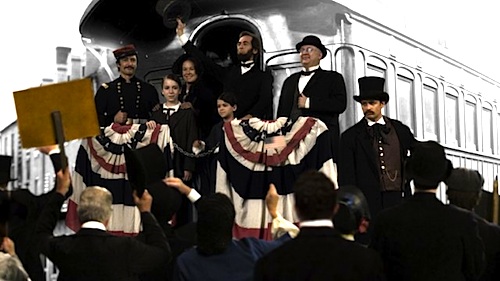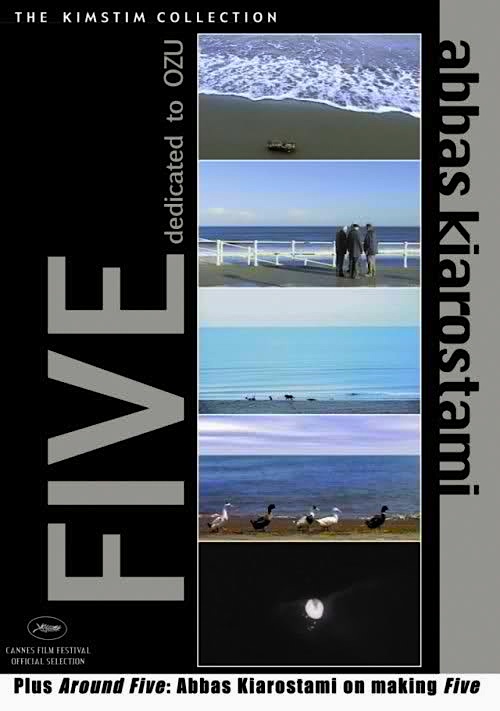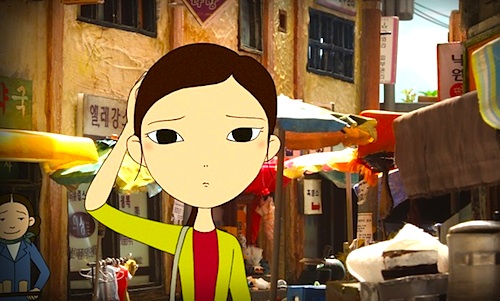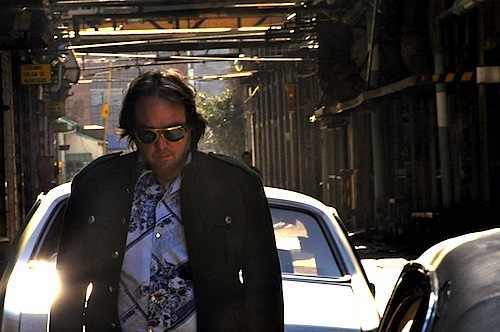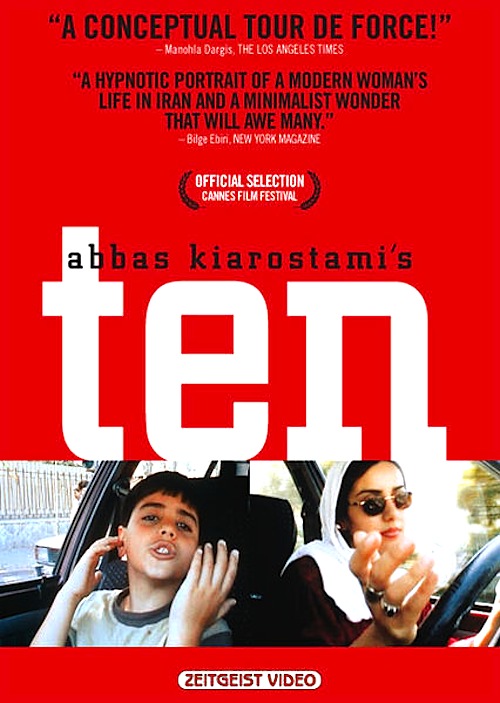 By Joe Bendel. When your attention is divided, you say things you might not ordinarily—like say when driving in heavy traffic. That is more or less the premise underlying a deceptively simple film from Iranian auteur Abbas Kiarostami. Through ten conversations with various passengers, much is revealed about the state of the driver’s personal relationships as well as Iranian society in Kiarostami’s Ten (clip here), which screens as part of the Film Society of Lincoln Center’s retrospective series, A Close-Up of Abbas Kiarostami.
By Joe Bendel. When your attention is divided, you say things you might not ordinarily—like say when driving in heavy traffic. That is more or less the premise underlying a deceptively simple film from Iranian auteur Abbas Kiarostami. Through ten conversations with various passengers, much is revealed about the state of the driver’s personal relationships as well as Iranian society in Kiarostami’s Ten (clip here), which screens as part of the Film Society of Lincoln Center’s retrospective series, A Close-Up of Abbas Kiarostami.
Kiarostami seems to have an affinity for interior car scenes. They factor in his two latest films, Certified Copy and Like Someone in Love, but for Ten they are the whole enchilada. The dashboard cam Kiarostami employs might suggest an Iranian Taxicab Confessions, but the driver is no cabbie (though at one point she gives a lift to a prostitute). She is a well educated working professional—a fact her bratty son is none too thrilled about.
During the course of several conversations with the entitled young Amin and her sister, we learn the driver divorced her first husband and remarried. Given the legal status of women, her only recourse was to allege either adultery or drug addiction. She did the latter and it evidently stuck, but her ex clearly uses it to stoke their son’s resentment.
The driver’s further conversations hint at boorish male behavior enabled by a rigidly patriarchal society. While she cautions one recently dumped friend against her apparently excessive co-dependency, she has sympathy for one more traditional woman spurned by the man she assumed she would wed. Arguably, these are the strongest sequences in the film, bringing socially and temperamentally different women together on common ground. Regardless, it seems safe to assume the driver and most of her passengers would not otherwise wear the headscarves they continually fan and fiddle with on a hot summer day, if they had a real choice in the matter.
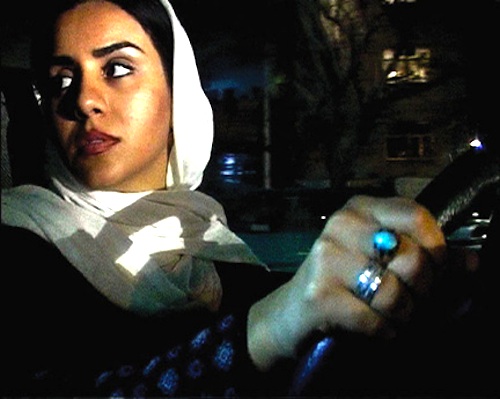
Ten implies much with great economy. While the audience does not know the driver’s full story, everyone should have a very good idea of where she is in life by the end of the film. Kiarostami is cautious but not unsympathetic in the manner he portrays a less than slavishly devout modern woman in contemporary Iran. It is not a Panahi film, but it has its moments.
Despite being heard rather than seen for a good portion of each segment, actress-director Mania Akbari is quite good at multi-tasking, staying in character and facilitating each conversation while navigating the chaotic streets of Tehran. She really makes you feel a mother’s frustration in her scenes with the petulant Amin, but also expresses heart-felt compassion for the jilted woman she twice drives to a local shrine.
The sheer volume of minimalist indie mumblecore released over the last decade somewhat lessens the effect of Ten’s stylistic austerity. However, Kiarostami’s film actually has something to say, albeit obliquely. Indeed, watching it develop is still rather fascinating. Recommended to those with an interest in either Iranian or feminist cinema, Ten screens tomorrow night (2/15) at the Walter Reade Theater, as part of A Close-Up of Abbas Kiarostami.
LFM GRADE: B
Posted on February 14th, 2013 at 12:35pm.
